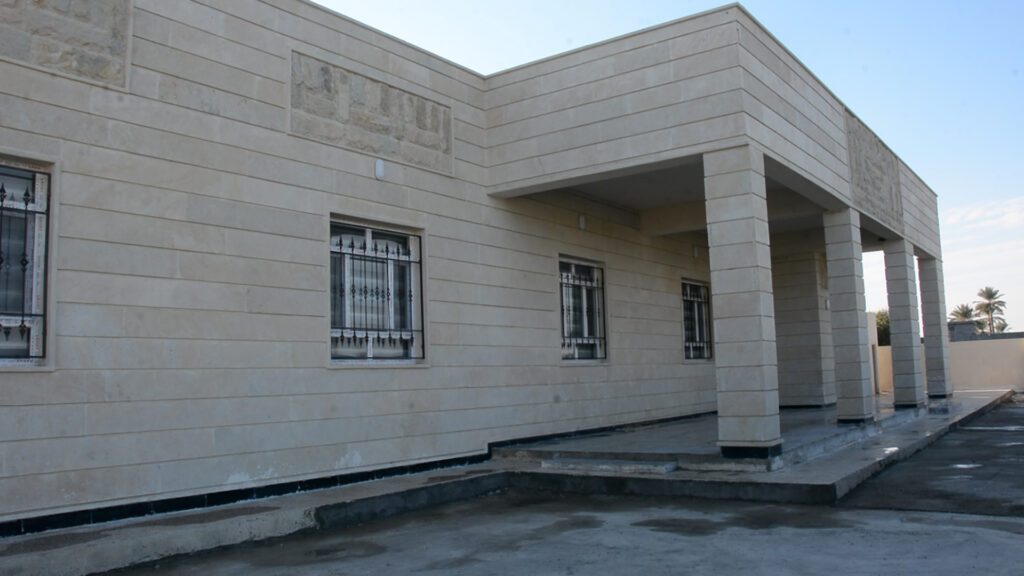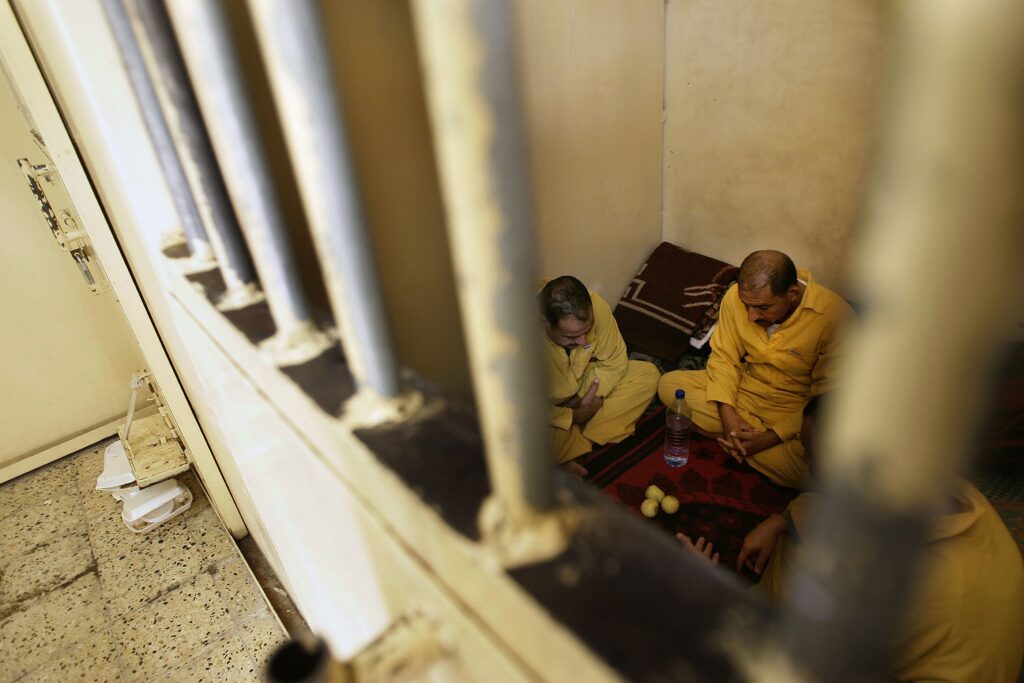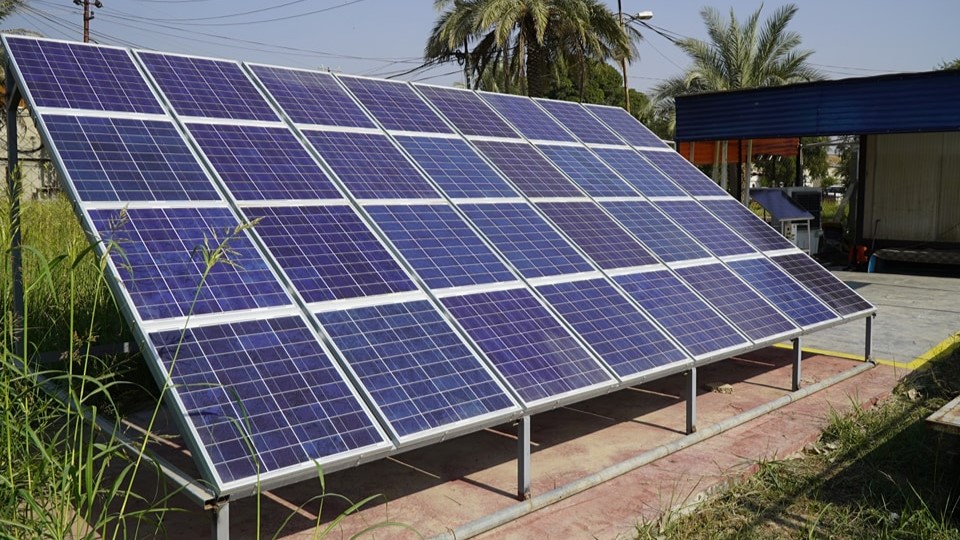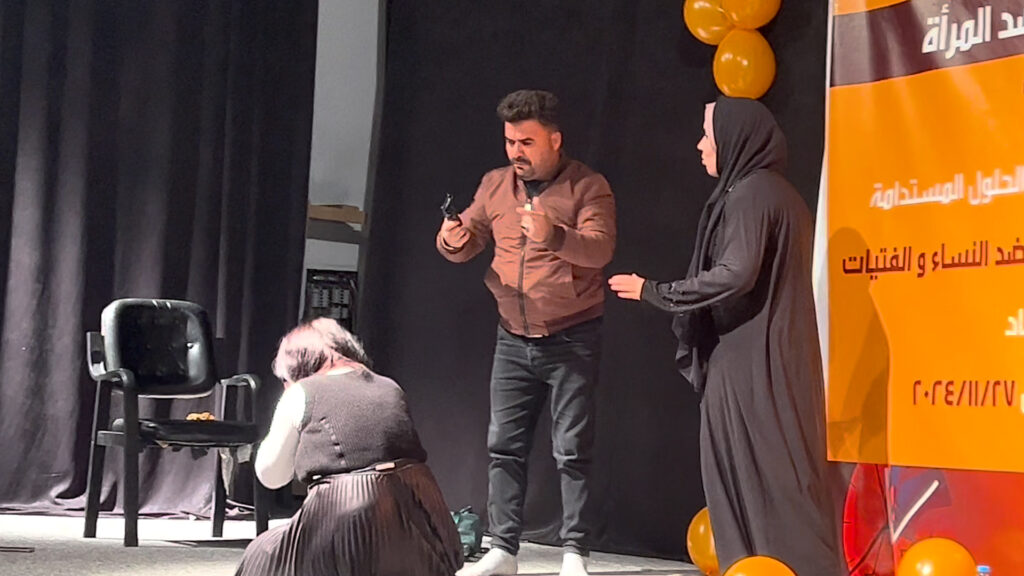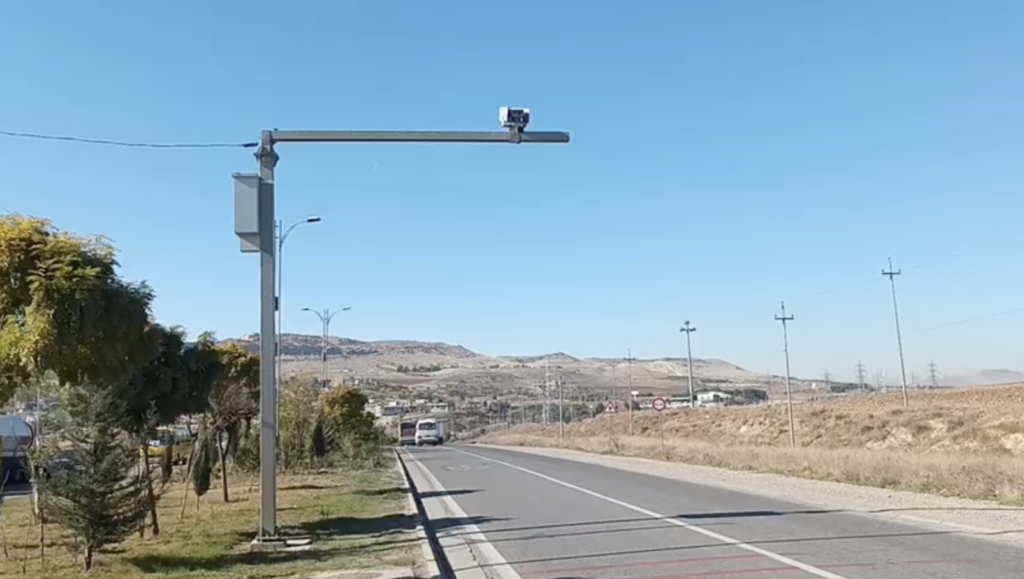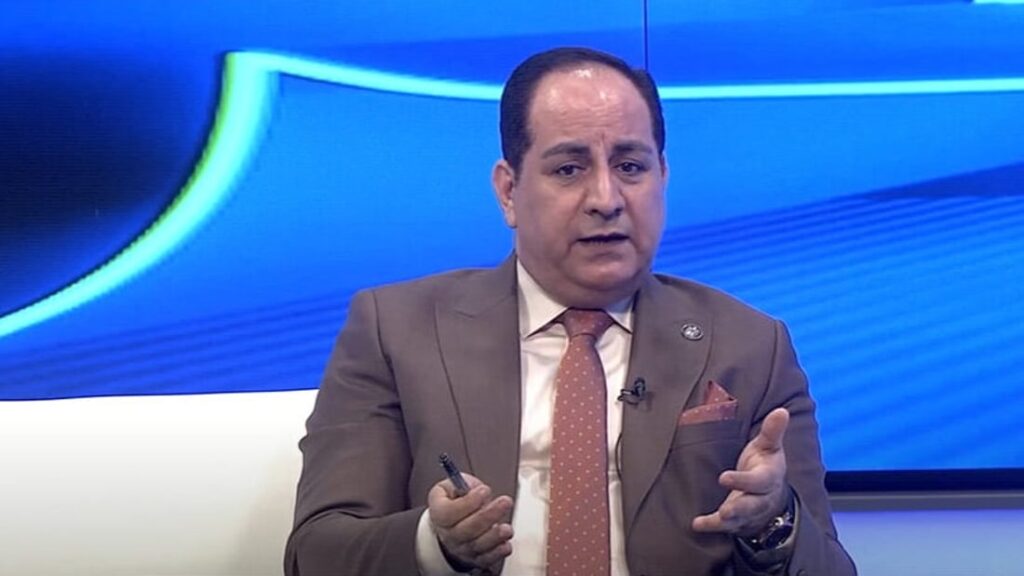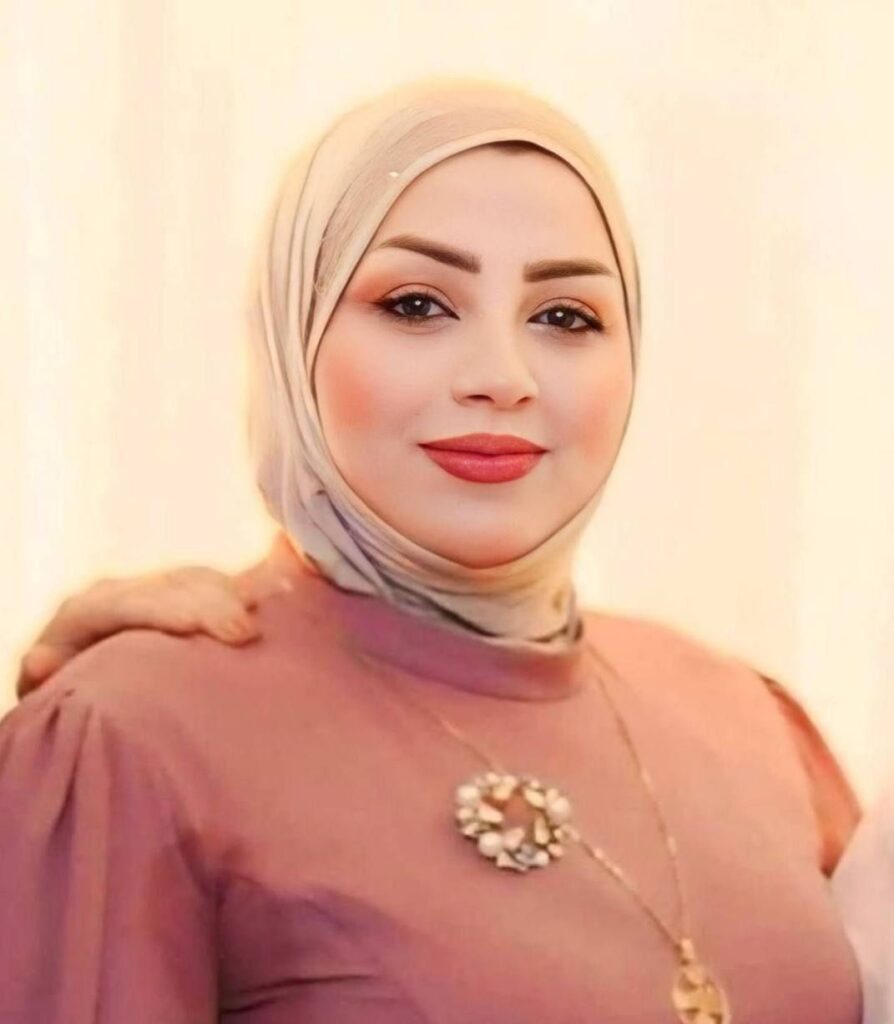Serbia: UNHCR Serbia Update, July 2019
UNHCR and partners counselled over 1,750 asylum-seekers at over thirty sites throughout the country. Six asylum-seekers signed powers of attorney for UNHCR project lawyers to represent them in asylum procedures UNHCR and partners also assisted asylum authorities with interpretation as well as with two psychological assessments and three best interested determinations/assessments for unaccompanied or separated children (UASC).
1,562 foreigners registered their intention to seek asylum in Serbia (a sharp increase from 1,151 in June) - now adding up to 6,165 during the first seven months of this year (as compared to 4,715 during the same period of last year). 16 lodged substantive asylum claims with the Asylum Office (AO), adding up to 161 claims during the first seven months of this year (as compared to 151 during the same time of last year). The positive trend of higher recognitions by the AO during the first quarter of this year, however, continued to abate when the AO rejected all seven asylum claims that it decided on in July.
Publishing Asylum in the Republic of Serbia - Periodic Report for January-June 2019, UNHCR partner Belgrade Centre for Human Rights (BCHR)recommended improvements in access to asylum information and procedures, to non-refoulement protection and facilities (especially at the Belgrade airport), to AO consideration of safethird-country, best interest and COI, to the work of the Asylum Commission (including enforcement of procedural timelines), as well as to the protection of UASC and of survivors of sexual or gender-based violence.
16 July at the Media Centre in Belgrade, UNHCR partners Humanitarian Centre for Integration and Tolerance (HCIT) and Crisis Response and Policy Centre (CRPC) presented their study Between Closed Borders 2018.
While the Regional Housing Programme presented solutions to refugees in Subotica, Ub and Vršac, UNHCR partner A 11 Initiative published the manual How to realize your rights? A guide for realizing human rights to help internally displaced persons overcome obstacles in accessing documentation, social and economic rights.
UNHCR and partners, counselled 94 refugees and asylum-seekers on local integration, and provided 42 with Serbian language classes and 42 with financial support, obtained work permit for one and ID cards for nine.
358 unaccompanied or separated children (UASC) benefitted from guardianship under the UNHCR project.
The high number of irregularly arriving and departing UASC, their vulnerability to exploitation, as well as their access to legal status, education, adequate services and safe accommodation, remained of serious concern.As a part of UNHCR’s comprehensive action plan for the Protection from Sexual Exploitation and Abuse (PSEA), the Danish Refugee Council (DRC) taught PSEA for children to parents/caregivers in Krnja?a, Banja Kovilja?a and Bogova?a Asylum Centres.
UNHCR Serbia compiled and issued monthly updates of its Statistical Snapshot and Joint Site Assessments. With over 41,000 views, the latter remained a most popular and trusted information product.
Testimonies of collective expulsions from neighbouring countries increased to 1,222 (from 822 in June): 532 from Bosnia and Herzegovina, 402 from Hungary, 238 from Croatia and 50 from Romania. 83% alleged denial of access to asylum and 36% maltreatment by authorities of these countries.
UNHCR partners assisted six asylum-seekers (from Syria, Eritrea and DRC, including one woman and one girl) who were unlawfully expelled from Hungary even though they had never been to Serbia before. Having been pushed-back from Hungary, also a wheelchair-bound UASC female asylum-seeker gave power of attorney to UNHCR project lawyers to represent her in asylum procedures in Serbia.
UNHCR and partners surveyed 2,726 newly arriving asylum-seekers and migrants (up from 2,375 during June). 39% were from Pakistan, 31% from Afghanistan, 12% from Bangladesh, 6% from Iraq and 2% each from Syria, Eritrea or Algeria. 77% were adult men, 2% adult women and 21% children, including 272 UASC. 76% had entered Serbia from North Macedonia, 16% from Bulgaria, and 5% from Albania.
Possibly due to high seasonal mobility and a more differentiated accommodation policy of authorities, the number of asylum-seekers and migrants counted in Serbia decreased by 8% to 3,464 at the end of July. 2,678 of them were accommodated in 16 Asylum or Reception/Transit Centres. 69% adult men, 9% adult women and 22% children; 44% from Afghanistan, 15% from Iran, 14% from Pakistan, 10% from Bangladesh, 5% from Iraq and 3% from Syria. Over 760 were observed sleeping rough, around 350 in Belgrade City and 410 near the borders with Croatia, Hungary or Bosnia and Herzegovina.

